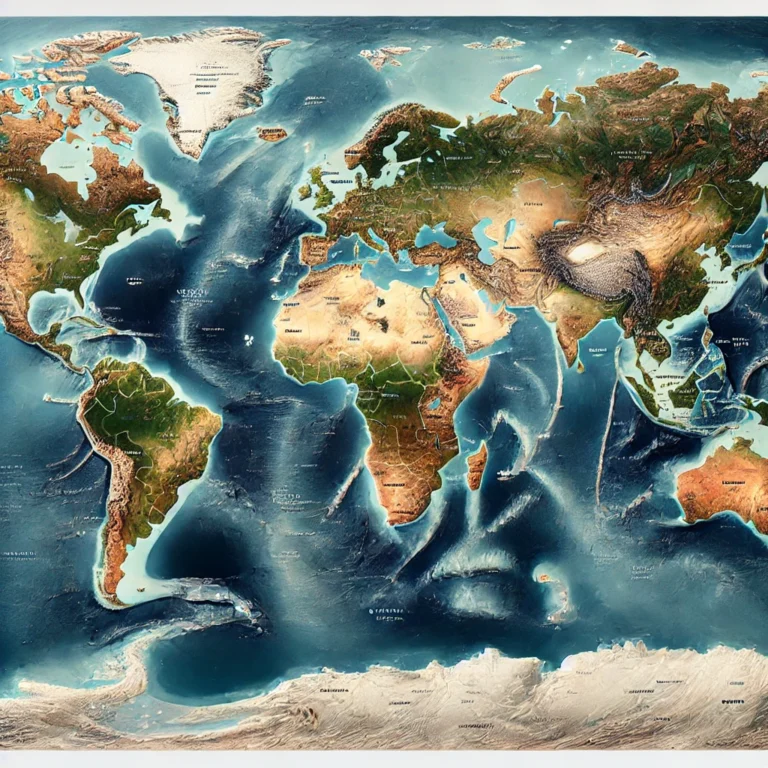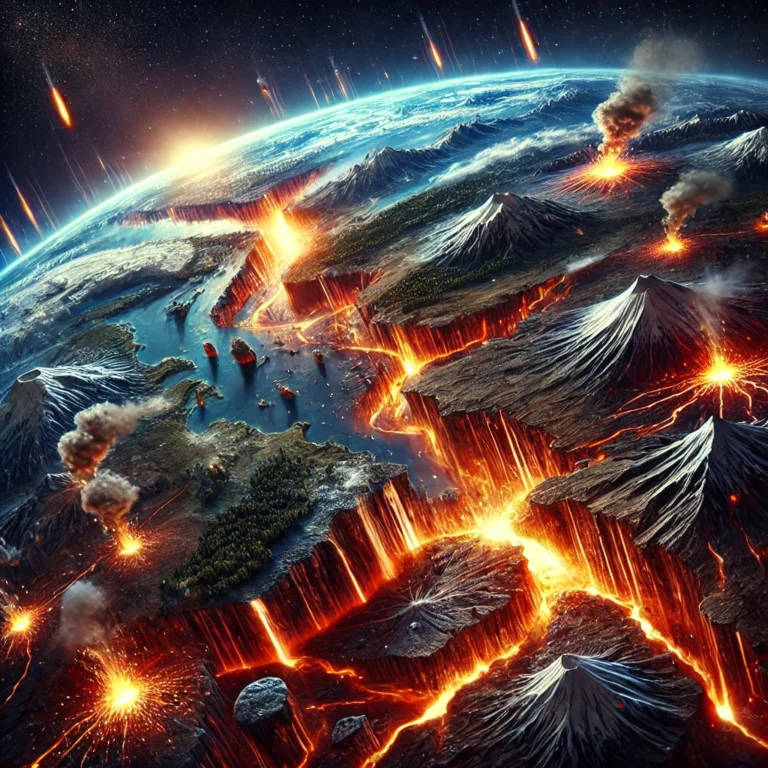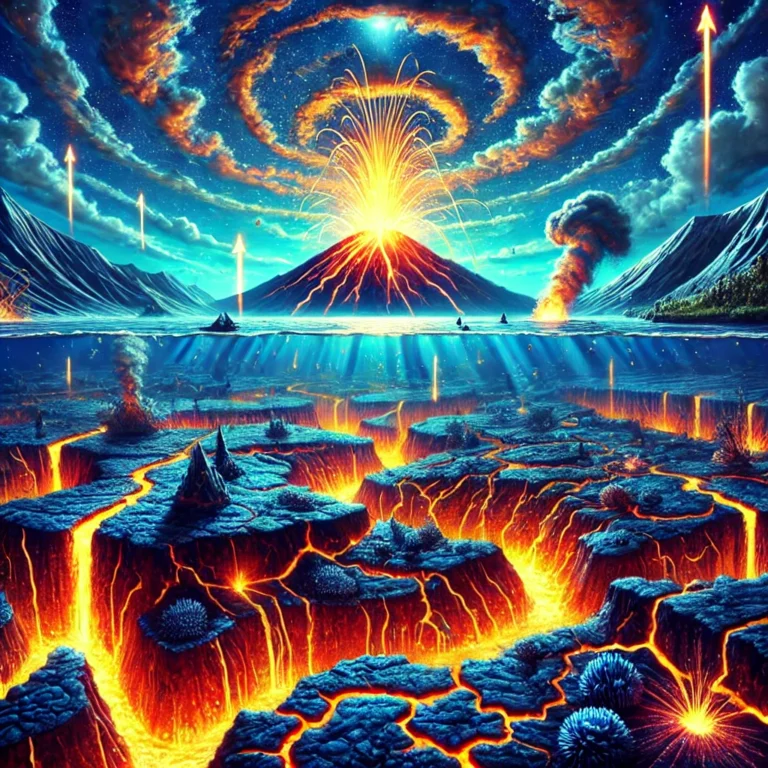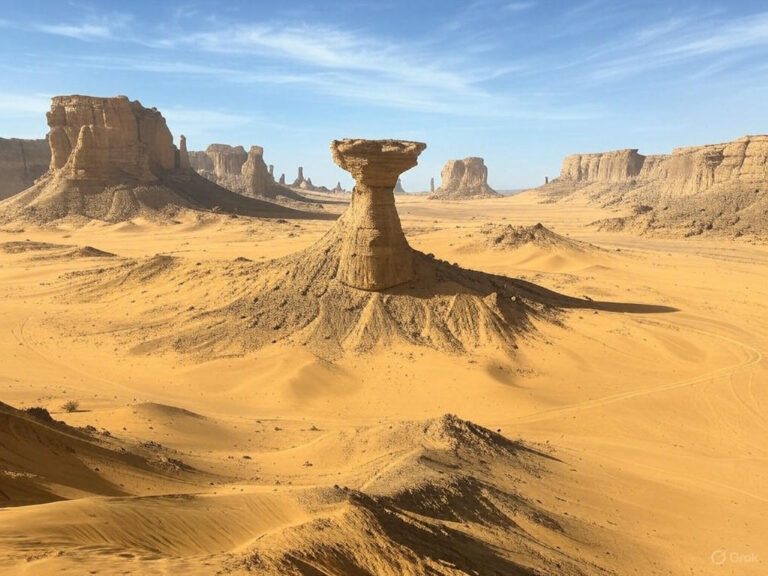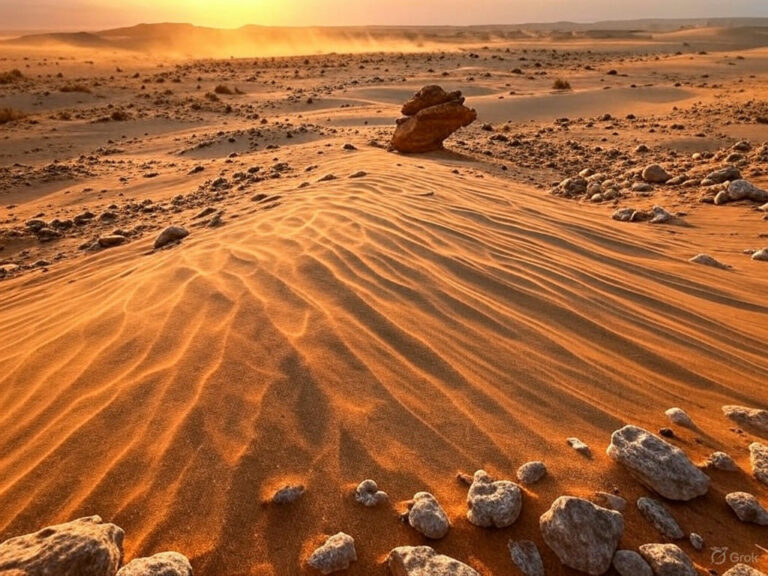North American Islands
Greenland
Let’s start with a superlative: Greenland is the largest island in the world. But remember—it’s not a country in the traditional sense.
- 🌐 Political Status: It is an autonomous territory within the Kingdom of Denmark. That means it governs itself in most areas except defence and foreign affairs, which Denmark handles.
- ❄️ Geography: About three-quarters of Greenland is buried under a permanent ice sheet. It’s like a frozen continent in miniature!
- 👥 Population: Extremely sparse—around 56,000 people live here, making it the least densely populated territory in the world.
- 🏙️ Capital: Nuuk
- 🧊 People: Most residents are Inuit, indigenous peoples also found in Canada and Alaska.
- 🛡️ Strategic Importance: Thule Air Base, the northernmost base of the U.S. Air Force, is located here—a Cold War relic and still geopolitically relevant today.
Canadian Arctic Archipelago
Now imagine a necklace of icy islands scattered above mainland Canada. This is the Canadian Arctic Archipelago—a major physiographic region.
- 📍 Location: Lies north of the Canadian mainland, excluding Greenland.
- 🏝️ Key Islands:
- Baffin Island – Canada’s largest; world’s 5th largest island.
- Victoria Island – World’s 8th largest.
- Ellesmere Island – World’s 10th largest.
- These islands are mostly tundra and ice-covered, part of Canada’s Arctic sovereignty and ecologically sensitive regions.

Newfoundland
Southeast of Labrador Peninsula lies Newfoundland, a historically rich island.
- 🌍 Location: Separated from:
- The Labrador Peninsula by the Strait of Belle Isle.
- Cape Breton Island by the Cabot Strait.
- 🎣 Grand Banks: Just southeast of Newfoundland lie the Grand Banks—underwater plateaus that are among the richest fishing grounds in the world.
- Why so rich? This is where the cold Labrador Current and the warm Gulf Stream meet—creating ideal conditions for marine life.
The Antilles
Let’s head south to the warm Caribbean waters. The Antilles are a chain of islands that form the backbone of the West Indies.
🔹 Divided into Two:
- Greater Antilles – Made of continental rock.
- Lesser Antilles – Mostly volcanic or coral origin.

🏝️ Greater Antilles Include:
- Cuba (largest)
- Hispaniola (shared by Haiti and Dominican Republic)
- Jamaica
- Puerto Rico
- Cayman Islands
These make up nearly 90% of the land area of the West Indies!
🔬 Geological Note: Formed due to complex interactions between the Caribbean Plate and North American Plate—explains the region’s earthquakes and volcanoes.
🌀 Lesser Antilles:
- Arc-shaped chain of smaller islands from Virgin Islands to Grenada.
- 🌬️ Divided based on Trade Winds:
- Windward Islands – Face the trade winds; receive more rain.
- Leeward Islands – On the sheltered side; drier.
- Leeward Antilles – Arid islands near South American coast.
🗺️ Lucayan Archipelago:
- Includes Bahamas and Turks & Caicos Islands (UK)
- Not geologically part of the Antilles but often culturally included in the West Indies.
🌎 West Indies:
- Broad term that includes:
- All Antillean islands
- Lucayan Archipelago
- 📝 Note: The term Caribbean is now often used interchangeably, though it may also include mainland countries with Caribbean coastlines.
Hawaiian Islands
The Hawaiian Islands are more than just tropical beaches—they’re volcanic wonders in the central North Pacific.
- 🏔️ These are the exposed peaks of the Hawaiian–Emperor seamount chain, formed over a mantle hotspot.
- 🏝️ Eight major islands, numerous atolls, and undersea mountains.

🔥 Key Volcanoes:
1. Mauna Loa
- Largest shield volcano on Earth.
- Covers half the Big Island (Hawaii).
- Last erupted in 2022.
2. Mauna Kea
- Dormant, not extinct.
- Highest peak in Hawaii (4,169 m above sea level).
- Measured from its base on the ocean floor, it’s taller than Mount Everest (~10 km total height).
- Ideal for astronomical observations, though construction of observatories is controversial among Native Hawaiians.
3. Kīlauea
- The most historically active volcano.
- Last major eruption: 2018.
- Known for Hawaiian-type eruptions – fluid, non-explosive, basaltic lava flows.

Aleutian Islands
Finally, we reach the Aleutian Islands—where volcanoes, tectonics, and icy waters converge.
- 🌋 A chain of 14 large volcanic islands and 55 smaller ones.
- Part of the Aleutian Arc, in the Northern Pacific Ocean.
- 🌊 Acts as a barrier between the Bering Sea (north) and the Pacific Ocean (south).
- 🔥 Geologically part of the Pacific Ring of Fire.
- 🗺️ Ownership: Most belong to Alaska (USA), but some are held by Russia.



